Innovations in Material Science
The blister packaging market is benefiting from advancements in material science, which are leading to the development of more efficient and sustainable packaging solutions. Innovations such as biodegradable materials and enhanced barrier properties are becoming increasingly important. These advancements not only improve product protection but also align with consumer preferences for environmentally friendly packaging. In 2025, it is projected that innovations in materials will account for a 20% increase in the blister packaging market, as companies seek to differentiate their products and meet evolving consumer demands.
Growth in E-commerce and Retail Sectors
The blister packaging market is significantly influenced by the rapid growth of e-commerce and retail sectors in the US. As online shopping becomes increasingly prevalent, the demand for packaging that ensures product safety during transit is rising. Blister packaging provides an effective solution for protecting products from damage and contamination. In 2025, it is estimated that e-commerce will contribute to a 25% increase in the overall demand for blister packaging. Retailers are also seeking packaging that enhances product visibility and appeal, further driving the adoption of blister packaging solutions in the market.
Regulatory Compliance and Safety Standards
The blister packaging market is shaped by stringent regulatory compliance and safety standards imposed by government agencies. These regulations are designed to ensure that packaging materials meet safety and quality benchmarks, particularly in the food and pharmaceutical industries. As companies strive to adhere to these regulations, the demand for compliant blister packaging solutions is likely to rise. In 2025, it is anticipated that adherence to safety standards will drive a 15% increase in the market for blister packaging, as manufacturers invest in materials and technologies that meet these requirements.
Rising Demand for Pharmaceutical Packaging
The blister packaging market is experiencing a notable increase in demand driven by the pharmaceutical sector. As the healthcare industry continues to expand, the need for effective and secure packaging solutions becomes paramount. Blister packaging offers advantages such as tamper resistance and dosage accuracy, which are critical for pharmaceutical products. In 2025, the pharmaceutical segment is projected to account for approximately 40% of the blister packaging market, reflecting a growing trend towards safety and compliance in drug delivery. This shift is likely to encourage manufacturers to innovate and enhance their packaging solutions, thereby fostering growth in the blister packaging market.
Consumer Awareness and Health Consciousness
The blister packaging market is influenced by rising consumer awareness and health consciousness. As consumers become more informed about product ingredients and safety, the demand for transparent and secure packaging solutions is increasing. Blister packaging allows for clear visibility of products, which can enhance consumer trust and satisfaction. In 2025, it is expected that health-conscious consumers will drive a 30% increase in the demand for blister packaging, particularly in the food and pharmaceutical sectors, as they seek products that prioritize safety and quality.



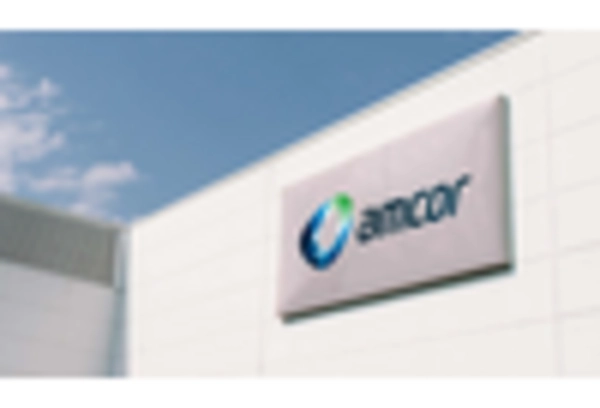
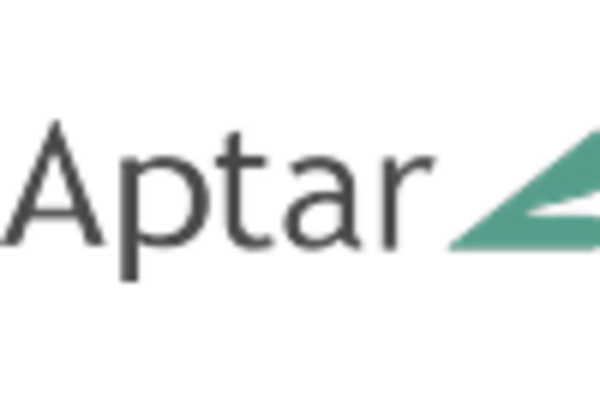
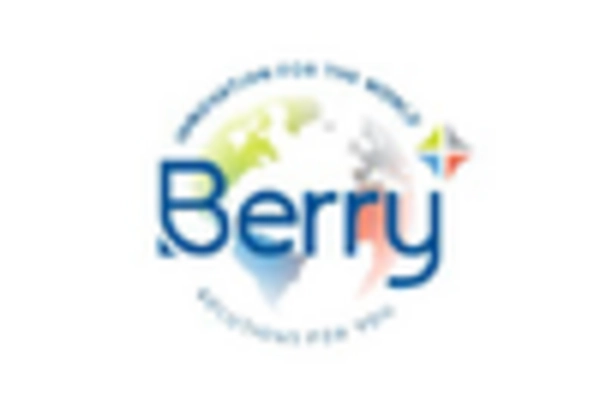

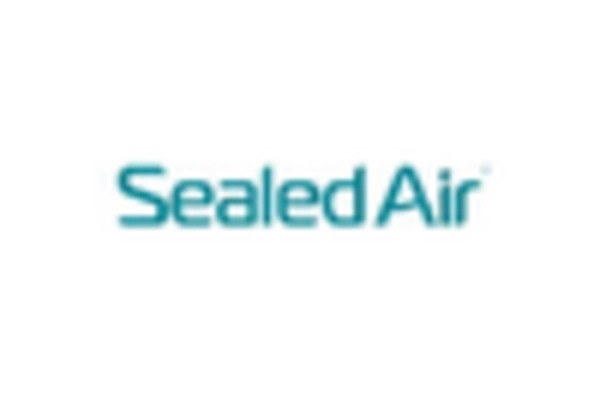
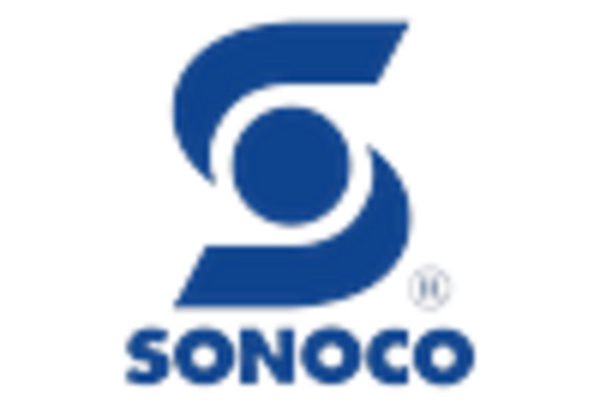








Leave a Comment